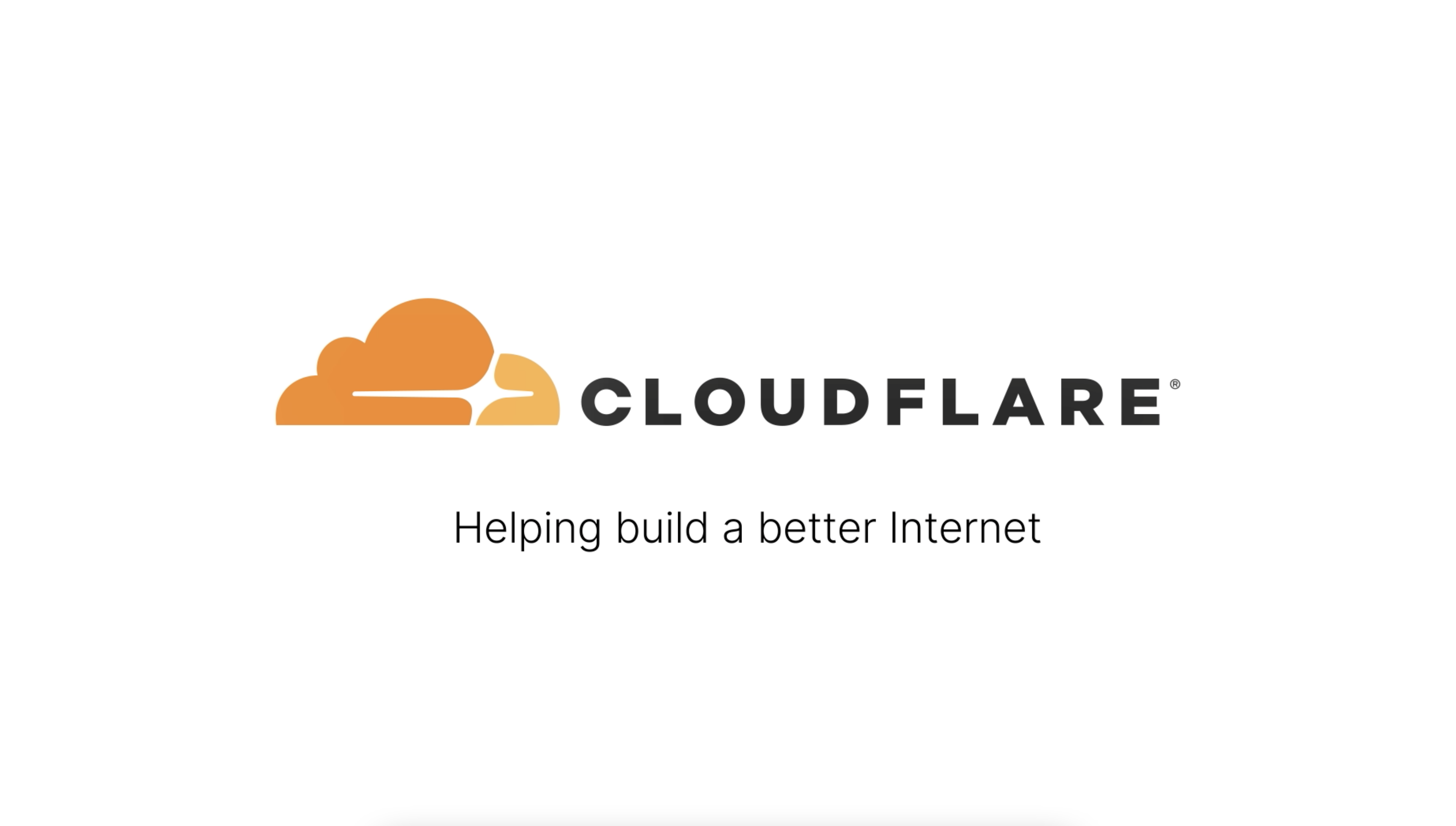Understanding Cloudflare’s Role In Content Optimization

Executive Summary

In today’s competitive digital landscape, website performance and optimization are crucial for success. Cloudflare, a leading content delivery network (CDN) and security provider, plays a pivotal role in empowering businesses to deliver seamless and optimized content experiences to their users. This comprehensive guide explores Cloudflare’s comprehensive suite of content optimization solutions, highlighting their benefits and best practices for maximizing website performance and engagement.

Introduction
Cloudflare, with its global network of over 200 data centers, offers a range of content optimization solutions that address the challenges of optimizing website content, improving page load speeds, and enhancing user experience. By leveraging Cloudflare’s powerful platform, businesses can effectively manage and deliver their content to users worldwide, resulting in reduced latency, increased website accessibility, and improved overall performance.
FAQ
1. What is Cloudflare’s role in content optimization?
Cloudflare’s content optimization services aim to accelerate the delivery of website content by reducing latency, optimizing caching, and leveraging advanced techniques such as HTTP/2 and Brotli compression.
2. Does Cloudflare impact website security?
In fact, Cloudflare’s content optimization solutions often enhance website security by providing DDoS protection, SSL encryption, and automatic threat mitigation features to safeguard websites against malicious attacks and data breaches.
3. How can I get started with Cloudflare’s content optimization services?
Getting started with Cloudflare is straightforward. Sign up for an account, add your website to the Cloudflare dashboard, and configure the desired content optimization settings. Cloudflare provides intuitive tools and documentation to guide you through the process.
Top 5 Subtopics
1. Page Speed Optimization
- Image optimization: Optimizing image sizes and formats to reduce page weight while preserving quality.
- Minification and compression: Compressing HTML, CSS, and JavaScript files to minimize file sizes and improve load times.
- Caching: Storing frequently accessed content in geographically distributed data centers to reduce latency and enhance user experience.
2. Content Delivery Network (CDN)
- Global network of data centers: Distributing website content across multiple data centers worldwide to provide low-latency access and fast content delivery.
- Edge caching: Caching content at the edge of the network, closer to users, to reduce the distance data must travel and optimize page load speeds.
- Routing optimization: Automatically routing traffic to the optimal data center based on user location, network conditions, and content type.
3. Mobile Optimization
- Mobile-first design: Prioritizing mobile performance with responsive design, image optimization for smaller screens, and fast page loading.
- HTTP/2 optimization: Leveraging HTTP/2 protocol for improved performance on mobile devices, supporting multiplexing and reducing page load times.
- Push notifications: Sending timely and targeted push notifications to engage users, promote content, and improve mobile app engagement.
4. Security and Performance
- DDoS protection: Safeguarding websites from distributed denial-of-service (DDoS) attacks that can disrupt website availability and performance.
- SSL/TLS encryption: Encrypting data between website visitors and the server, ensuring privacy, security, and compliance with industry standards.
- Automated threat mitigation: Monitoring and blocking malicious traffic in real-time, preventing website defacement, malware infections, and spam.
5. Analytics and Reporting
- Traffic insights: Providing detailed analytics on website traffic, including visitor demographics, traffic sources, and page performance metrics.
- Performance metrics: Measuring and reporting on key performance indicators (KPIs) such as page load times, rendering speed, and server response times.
- Customizable dashboards: Creating customized dashboards to monitor and analyze specific optimization metrics, allowing for data-driven decision-making.
Conclusion
Cloudflare’s comprehensive suite of content optimization solutions empowers businesses to deliver exceptional user experiences, improve website performance, and gain a competitive edge in the digital arena. By leveraging Cloudflare’s advanced platform, businesses can optimize their content, reduce latency, mitigate security threats, and gain valuable insights into their website performance. Investing in Cloudflare’s content optimization services is a strategic decision that yields tangible benefits for website owners, users, and the overall success of online businesses.
Keyword Tags
- Cloudflare
- Content Optimization
- Website Performance
- Global CDN
- Mobile Optimization
